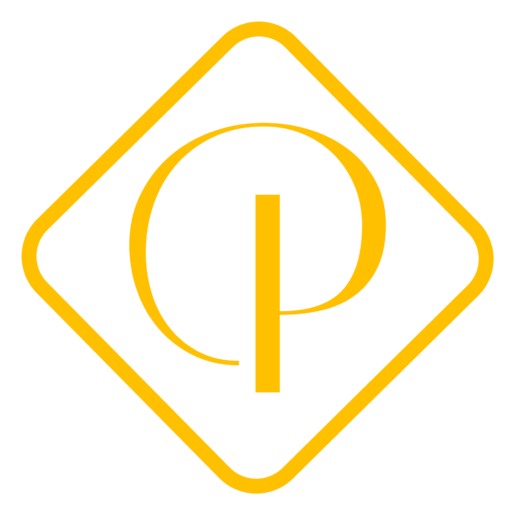Powerboat Level 2 RYA Course
The RYA powerboat level 2 course is primarily for those using open powered craft such as RIBs and sports boats for those new to powerboating. This courses provides the skills and background knowledge needed by the competent powerboat driver and is the basis of the International Certificate of Competence.
It aims to teach boat handling and seamanship in powerboats. It focuses on low speed close quarters handling, man overboard recovery, an introduction to driving at planning speed, and collision regulations. It may be conducted in a variety of boat types, both planning and displacement. The certificate issued will be endorsed to show the type of boat in which the training took place.
- Our instructors are highly experienced across a range of different types of powered craft allowing us to tailor make courses to suit your own individual needs.
- Our instructors ensure a fun and safe learning environment. We try to make your time with us as practical, constructive and enjoyable as possible.
How much is RYA powerboat level 2?
- Price is per person
- Includes the VHF Marine Radio course.
RYA Powerboat Level 2 Course Syllabus
Loading: effect on handling and performance, effect on balance and trim, CE Plate and manufacturer’s recommendation Displacement boats: handling ahead and astern, carrying way Crew members: minimum number in high speed craft, keeping a look-out Awareness of other water users, including effect of wash Steering, controls, effect of current or tidal stream High speed manoeuvring: planing, trim tabs and power trim Planing boats: propeller angle and immersion, shallow drive, high/low speed handling, tiller/console steering. Carry out pre-start checks, engine starting and stoppping
Demonstrate the use of an appropriate length kill cord at all times
Carry out low speed manoeuvres including: turning in a confined area, effect of wind on bow and holding off. Demonstrate an awareness of the danger of flooding when going astern
Carry out high speed manoeuvres including S-turns and U-turns
Method of approach in various conditions Taking way off Crew communication Check holding Depth of water, holding ground, scope required Types of anchor Stowage and attachment to boat Preparation of anchor, chain and warp Weighing anchor Approach and anchor correctly Weigh anchor correctly
Preparation and use of painter, lines and fenders, attachement to boat, stowage under way Speed and angle of approach Wind effect Method of approach in tidal stream or current Make fast alongside Use springs Leave – ahead or astern
Recovery or man overboard Take immediate action Observe the man overboard Carry out the correct return with awareness of propeller Approach and recover the man in the water
Types of craft: advantages and disadvantages of different hull forms with respect to sea keeping ability Engines and drives: advantages and disadvantages of outboard, inboard and outdrive units, single and twin screws, choice and use of fuels Siting of fuel tanks, fuel lines, batteries, wiring, fire extinguishers Routine engine maintenance checks, basic fault diagnosis Close down procedure Advice to inland drivers about coastal waters Use and limitations of GPS Application of local byelaws, especially around commercial shipping Sources of weather information Awareness of other water users Communication with other craft – hand and sound signals Disabled craft Emergency action, preventing sinking Adrift – alternative means or propulsion Towing and being towed Fire precautions and fire fighting Ropework Distress signals and the Mayday call Apply IRPCS, principally rules 5,7,8,9,12-19
Pilotage and passage planning CG66 Small Craft Safety Scheme Charts, chart symbols, buoyage systems Tides and tidal streams Use steering and hand bearing compasses Apply Section A on coastal waters
Powerboat Level 2 RYA Course Info
Upon successful completion of the course, you’ll be awarded your RYA Powerboat Level 1 or 2 Certification.
Our instructor student ratio is 1:3 which ensures a safe and fun learning environment
No prior experience is required.
Launching and recovery, boat handling, securing to a buoy, anchoring, leaving and coming alongside, man overboard
Self-sufficient powerboater in the right conditions, aware of own limitations and those of the craft
Predominantly practical but with some classroom elements.
Anyone under 18 must be accompanied by a parent or legal guardian also taking part in the course.
